
One of the major systems in the human body is circulatory or cardiovascular system. The vital organ of this system is the heart, which pumps the fresh blood high in nutrients and oxygen to the each part of the body. It also pumps blood that is deoxygenated to the lungs. The blood that carries the oxygen, carbon dioxide and nutrients, as well as hormones and digestive foods, exerts certain pressure on the walls of the blood vessels and this pressure is called blood pressure.
Diastolic blood pressure
It is regarded that the ideal blood pressure is 120/80 mm Hg. While the upper number stands for the systolic blood pressure, the lower number stands for the diastolic blood pressure. The systolic blood pressure is the force that the blood applies on the walls of the blood vessels when the hurt pumps. On the other hand, the diastolic blood pressure is the pressure that the blood applies on the walls of the blood channels when the heart is relaxed. Diastolic blood pressure tends to vary during a day and it depends on body posture, amount of tension, level of exercise and the consummation of nicotine.
Diastolic hypotension
Sometimes it happens that diastolic blood pressure is less than normal. If the lower reading in the blood measurement show the number lower than 60, then that person suffers from low diastolic blood pressure or diastolic hypotension. In such cases, the blood is not capable to provide oxygen and nutrients to all cells in the body. Furthermore, it is unable to remove the waste material from these cells. Thus, it happens that the cells die.
Diastolic hypertension
When the diastolic pressure is above 90, it is considered to be high diastolic blood pressure or diastolic hypertension. Diastolic hypertension most affects the small blood channels in the vital organs, which become scarred, toughened and less flexible. Over time, it can lead to the blockage or rupture of these blood vessels and the vital organs might be considerably damaged. Prehypertension is a condition when one has a diastolic blood pressure reading between 80 and 89.
In lowering the high diastolic blood pressure, making the lifestyle changes is essential. The people who suffer from diastolic hypertension should lose excessive body weight and maintain the healthy body weight. Furthermore, they should exercise regularly and avoid the consummation of alcohol. It is also recommended to eat lot of vegetables and fruits and avoid salty foods rich in cholesterol and fat.



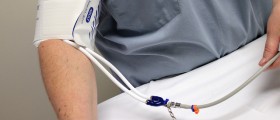
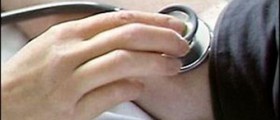

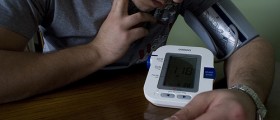




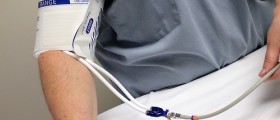

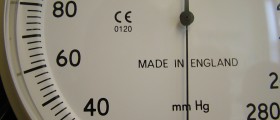
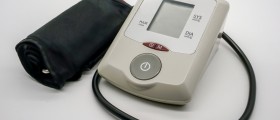
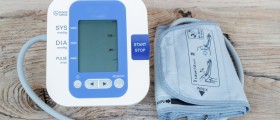

Your thoughts on this
Loading...